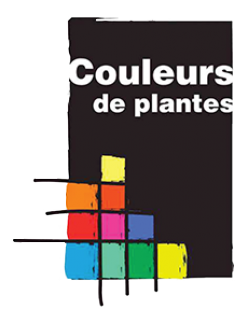Indicative colour
yellow
Product available in catalog

Plant extract (ref C20)
Scientific name: Terminalia chebula Retz
French name: Myrobalan, Cadou
English name: Myrobolam
Botanical origin: Indonesia
Crop production: Indonesia
Part of plant used: fruits’skin and pulp
Nomenclature
N° CAS: [90131-48-9]
N° EINECS/ EC: 290-359-1
INCI name: Terminalia chebula fruit extract
CI: Natural Brown 6
Documents available
- Analysis report
- Technical specifications
- Material Safety Data Sheet
- Raw material information data sheet
Historical importance
The Myrobolam was widely used in India since ancient times for its medicinal properties. Many expressions in Sanskrit recall its powers: Pranada (giver of life) sudha (nectar) bhiskak priya (favorite doctor). Its richness in tannins and its medicinal powers are behind the word “myrobolam”. It is a large tree (up to 25 m high) quite common in Indonesia whose fruits (skin and pulp) are used. The extracts can contain up to 55% tannins type ellagitannins. These extracts are widely used to obtain black color on cotton and wool but also to prepare fibbers for a wide range of shades. It is also widely used for the manufacture of inks and leather tanning. In the 80s production was more than 100 000 tonnes.
Phytochemistry
Myrobolam’s fruits are rich in hydrolysable tannins (from 30 to 50%): ellagitannins, corillagin, chebulic acid , chebulinic acid and chebulagic acid.
Crop production – Manufacturing
Myrobalan is produced in India. The fruits are collected and dried by sun exposure before doing the dye extraction with water.

 Online shop
Online shop Private space
Private space Recherche
Recherche Request
Request